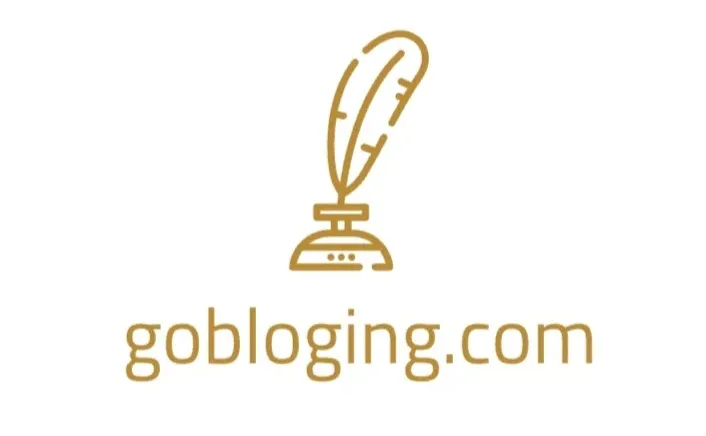
Table of Contents
5 Things to Know Before Visiting Rameswaram
An island in the Gulf of Mannar, Rameswaram is considered to be one of the holiest places in Hinduism as it is where Lord Rama’s historic journey began and has earned a beautiful place in mythology and history. With ashrams, food halls, guesthouses and hydrological marvels supporting the spirit of this eternal abode, an ecosystem of pilgrims flocking to its surreal land and across the ocean to seek liberation in millions humming with devotion gradually took shape around the amazing Ramanathaswamy Temple.
Whether you’re planning to explore Dhanushkodi’s grand remoteness, the magnificent view of Mount Gandamadan, here’s a handy guide to help you find the most fruitful explorations in the holy precincts of Rameswaram.
1.Legend of the Ram Setu Bridge

In the epic Ramayana, Lord Rama pleads with the ocean goddess Varuna for help and safe passage for his army to defeated Lanka to free his beloved wife Sita, who is being held captive by the evil king Ravana. However, the sea became rough, so Rama had to release strong arrows and seek support. Inspired by this skill, Varuna sent the architect Dev Nal to build a land bridge that would enable him to conquer the enemy’s territory.
This 48-km event has been documented since ancient times and dating sediment studies as well as satellite images show remnant structural patterns between Dhanushkodi and Talaimannar that were evident when sea level was low. Devotees flock to Mount Gandamadan, said to be Rama’s pre-invasion meditation spot, as well as the Panchmukhi Hanuman Temple, which contains ancient floating stones that Rama brought from the Himalayas with monkeys to build the setu bridge.Local fishermen stay away from the “Setu Karai” location to protect it so that the legendary epic will never end Pronamel intensive enamel repair
2.Everlasting Temple Glories
The magnificent Ramanathaswamy temple on this holy island is still the center of attention. It is said that Lord Shiva first appeared when Rama anointed a strong linga from a rocky river using the sindoor of Sita’s bride. Built over several reigns and expansions, the vast religious complex has more than sixty sacred Shiva lingams housed in miniature sanctuaries and twenty-two sacred kundas (tanks) filled with natural water channels that originate in the distant Himalayas and flow into the interior of the temple at the Ganga-Yamuna confluence, adding to the inherent sanctity. .
Entering groups travel through a gateway tower carved by a bull shrine sans Nandi before reaching the mirrored inner corridor containing the main linga, Gomukh. The grand temple halls are the scene of colorful rituals around the clock and devotees enter even before dawn darshan begins. See the grand lingams covered with sandalwood paste and silk and cradle the chappals.
3.Tranquility Across Dhanushkodi Beach

Dhanushkodi beach is just 18 km from Rameswaram town, away from busy roads and crowded religious places. It is located on the banks of a holy place where it is believed that the floating Ram Setu stopped after crossing the Indian Ocean.
These remote beaches, surrounded only by shacks and lone vendors serving soft coconut water, lure visitors seeking refuge from the crowded pilgrim routes. Before stopping for lunch under swaying palms, where people have no idea time has passed, local fishermen take tourists out for a dawn boat ride across the turquoise sea.
Waves wash over your feet like stories from retold epics, and you’ll see breathtaking views of the Pamban railway bridge and distant fishermen in the waters of the Palk Strait, mysteriously mixed with the pearly outlines of the dove-gray sky melting. Travel back in time to see the boat depart in the stillness of night and by candlelight.
4.Culinary Abundance of Sweet & Savoury
Rameswaram’s vibrant indigenous food culture, which brings Hindu mythology to life through regional preparations passed down through generations, manifests its divine grace in sacred cuisine shops and eager kitchens dishing out traditional flavors, both sweet and savoury, that sustain the crowds. Rameswaram beach throughout the year.
Start your day early with creamy almond milk served from roadside carts and then enjoy hearty sambar, sweet pongal and fluffy idlis for breakfast. Lunch includes hot potato fries, chilled curd rice and smoky chicken chettinad, with flaky parottas.
Enjoy the chilled, soft coconut water of murukku and vada or the Ennai Kathirikai (fig milkshake), which goes well with ginger chai in the evening. Indulge in delicious adai pancakes with sugar and ghee or crunchy seedai candies to complete your gastronomic journey, then go to bed feeling rejuvenated.
5.Travel Conveniences & Stay Options
Rameswaram is easily accessible with a variety of transport options and well-equipped accommodation areas for pilgrims of varying demands and budgets.
Local and international tourists are served by air from well-equipped airports at Madurai and Trichy. Coimbatore, Chennai and the rest of India are frequently connected by rail. Regular buses ply from neighboring cities of Tamil Nadu.
From basic dharamshalas run by private trusts and temple authorities next to Ramanathaswamy Maidan to mid-range hotels along the length of the temple and bamboo huts near Dhanushkodi, there is plenty of accommodation to suit every need. Due to increased demand during festivals, advance booking is recommended.
The spiritual maelstrom of Rameswaram pulls you into its timeless aura, where Hindu heritage flourishes eternally and through monumental temple rituals coexisting with the solitude of a serene beach offering sublime blessings to every searching soul. Rameswaram is a holy place where ancient legends merge seamlessly with the visible sacred terrain. Stay here longer for the most satisfying benefits!
read also: Explore 5 charming hill stations in India to visit in summer.
read also: Rameswaram Tours

